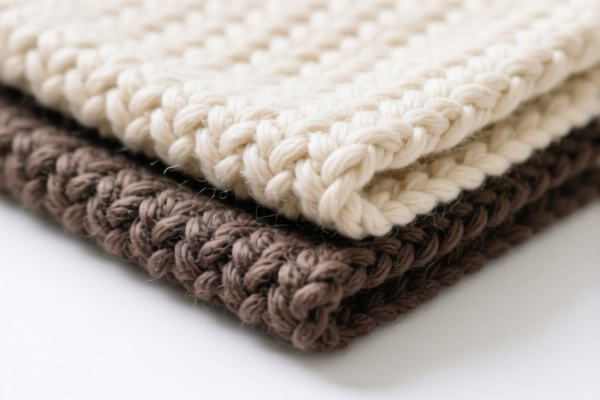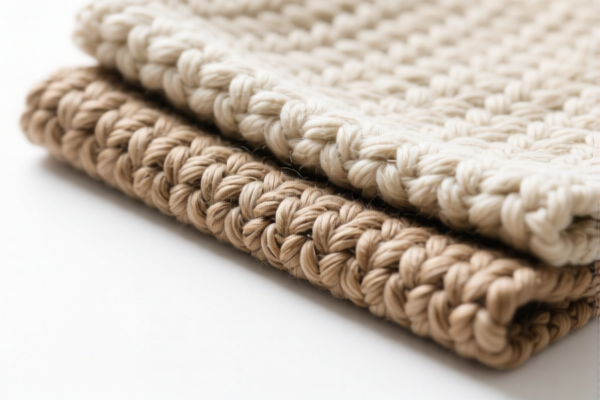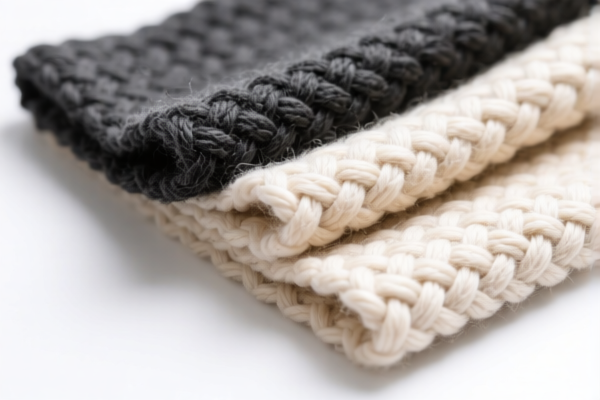| HS Code | Official Doc | Tariff Rate | Origin | Destination | Effective Date |
|---|---|---|---|---|---|
| 5112196020 | Doc | 80.0% | CN | US | 2025-05-12 |
| 5112196050 | Doc | 80.0% | CN | US | 2025-05-12 |
| 5516340510 | Doc | 74.7% | CN | US | 2025-05-12 |
| 6005901000 | Doc | 65.0% | CN | US | 2025-05-12 |
| 5801100000 | Doc | 55.0% | CN | US | 2025-05-12 |




Here is the structured analysis and customs compliance guidance for the Woven Wool Fabrics for Home Textiles product classification, based on the provided HS codes and tax details:
📌 HS CODE: 5112196020
Product Description: Embroidered Wool Woven Fabric
Total Tax Rate: 80.0%
Tax Breakdown:
- Base Tariff: 25.0%
- Additional Tariff: 25.0%
- Special Tariff after April 11, 2025: 30.0%
Key Notes:
- This code applies to woven wool fabrics with embroidery.
- The high tax rate is due to both base and additional tariffs.
- Alert: The special tariff increases to 30.0% after April 11, 2025.
📌 HS CODE: 5112196050
Product Description: Wool Embroidered Fabric for Apparel
Total Tax Rate: 80.0%
Tax Breakdown:
- Base Tariff: 25.0%
- Additional Tariff: 25.0%
- Special Tariff after April 11, 2025: 30.0%
Key Notes:
- This code is for wool fabrics specifically intended for clothing.
- Similar to the previous code, the tax structure is identical.
- Alert: The special tariff increases to 30.0% after April 11, 2025.
📌 HS CODE: 5516340510
Product Description: Printed Wool Blend Embroidered Fabric
Total Tax Rate: 74.7%
Tax Breakdown:
- Base Tariff: 19.7%
- Additional Tariff: 25.0%
- Special Tariff after April 11, 2025: 30.0%
Key Notes:
- This code applies to blended fabrics (wool + other fibers) with embroidery and printing.
- The base tariff is slightly lower than the previous codes.
- Alert: The special tariff increases to 30.0% after April 11, 2025.
📌 HS CODE: 6005901000
Product Description: Knitted Wool Embroidered Fabric
Total Tax Rate: 65.0%
Tax Breakdown:
- Base Tariff: 10.0%
- Additional Tariff: 25.0%
- Special Tariff after April 11, 2025: 30.0%
Key Notes:
- This code is for knitted (not woven) wool fabrics with embroidery.
- The base tariff is the lowest among the listed codes.
- Alert: The special tariff increases to 30.0% after April 11, 2025.
📌 HS CODE: 5801100000
Product Description: Embroidered Wool Velvet Fabric
Total Tax Rate: 55.0%
Tax Breakdown:
- Base Tariff: 0.0%
- Additional Tariff: 25.0%
- Special Tariff after April 11, 2025: 30.0%
Key Notes:
- This code applies to velvet (pile fabric) made of wool with embroidery.
- The base tariff is 0.0%, but the additional and special tariffs still apply.
- Alert: The special tariff increases to 30.0% after April 11, 2025.
📌 Proactive Advice for Importers:
- Verify Material Composition: Ensure the fabric is correctly classified based on fiber content (e.g., 100% wool vs. wool blend).
- Check Unit Price: High tax rates may affect cost competitiveness; consider sourcing or pricing strategies.
- Certifications Required: Confirm if any certifications (e.g., origin, sustainability) are needed for duty reduction or compliance.
- Monitor Tariff Changes: The April 11, 2025 deadline is critical—plan import schedules accordingly.
- Consult Customs Broker: For complex classifications or large shipments, seek professional customs advice to avoid delays or penalties.
Let me know if you need help with tariff calculation tools, classification guidance, or customs documentation templates. Here is the structured analysis and customs compliance guidance for the Woven Wool Fabrics for Home Textiles product classification, based on the provided HS codes and tax details:
📌 HS CODE: 5112196020
Product Description: Embroidered Wool Woven Fabric
Total Tax Rate: 80.0%
Tax Breakdown:
- Base Tariff: 25.0%
- Additional Tariff: 25.0%
- Special Tariff after April 11, 2025: 30.0%
Key Notes:
- This code applies to woven wool fabrics with embroidery.
- The high tax rate is due to both base and additional tariffs.
- Alert: The special tariff increases to 30.0% after April 11, 2025.
📌 HS CODE: 5112196050
Product Description: Wool Embroidered Fabric for Apparel
Total Tax Rate: 80.0%
Tax Breakdown:
- Base Tariff: 25.0%
- Additional Tariff: 25.0%
- Special Tariff after April 11, 2025: 30.0%
Key Notes:
- This code is for wool fabrics specifically intended for clothing.
- Similar to the previous code, the tax structure is identical.
- Alert: The special tariff increases to 30.0% after April 11, 2025.
📌 HS CODE: 5516340510
Product Description: Printed Wool Blend Embroidered Fabric
Total Tax Rate: 74.7%
Tax Breakdown:
- Base Tariff: 19.7%
- Additional Tariff: 25.0%
- Special Tariff after April 11, 2025: 30.0%
Key Notes:
- This code applies to blended fabrics (wool + other fibers) with embroidery and printing.
- The base tariff is slightly lower than the previous codes.
- Alert: The special tariff increases to 30.0% after April 11, 2025.
📌 HS CODE: 6005901000
Product Description: Knitted Wool Embroidered Fabric
Total Tax Rate: 65.0%
Tax Breakdown:
- Base Tariff: 10.0%
- Additional Tariff: 25.0%
- Special Tariff after April 11, 2025: 30.0%
Key Notes:
- This code is for knitted (not woven) wool fabrics with embroidery.
- The base tariff is the lowest among the listed codes.
- Alert: The special tariff increases to 30.0% after April 11, 2025.
📌 HS CODE: 5801100000
Product Description: Embroidered Wool Velvet Fabric
Total Tax Rate: 55.0%
Tax Breakdown:
- Base Tariff: 0.0%
- Additional Tariff: 25.0%
- Special Tariff after April 11, 2025: 30.0%
Key Notes:
- This code applies to velvet (pile fabric) made of wool with embroidery.
- The base tariff is 0.0%, but the additional and special tariffs still apply.
- Alert: The special tariff increases to 30.0% after April 11, 2025.
📌 Proactive Advice for Importers:
- Verify Material Composition: Ensure the fabric is correctly classified based on fiber content (e.g., 100% wool vs. wool blend).
- Check Unit Price: High tax rates may affect cost competitiveness; consider sourcing or pricing strategies.
- Certifications Required: Confirm if any certifications (e.g., origin, sustainability) are needed for duty reduction or compliance.
- Monitor Tariff Changes: The April 11, 2025 deadline is critical—plan import schedules accordingly.
- Consult Customs Broker: For complex classifications or large shipments, seek professional customs advice to avoid delays or penalties.
Let me know if you need help with tariff calculation tools, classification guidance, or customs documentation templates.
Customer Reviews
No reviews yet.